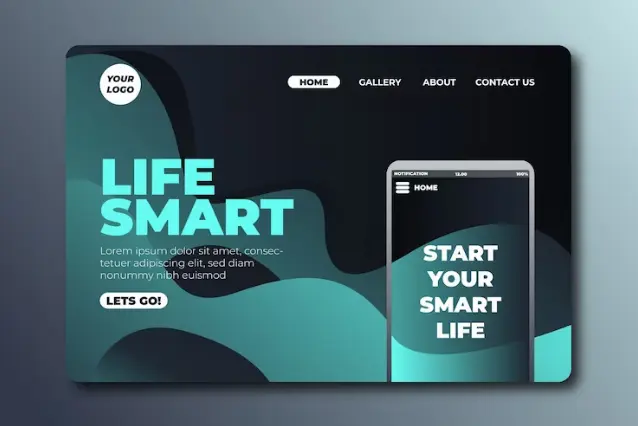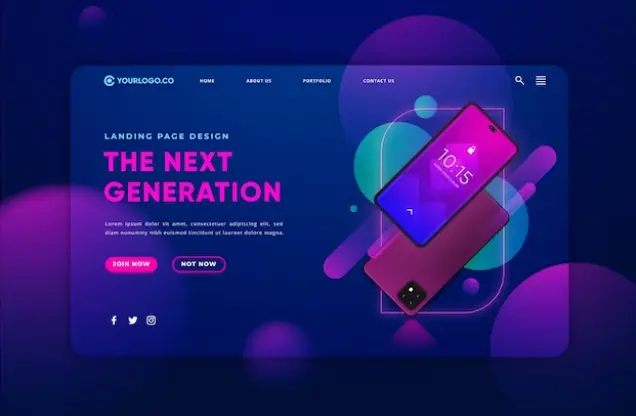What is a mobile-first design strategy that adapts

Amidst a realm where handheld devices have emerged as the foremost conduit to the digital realm, the imperative of adopting a mobile-first ethos has grown paramount. Mobile-first design transcends the mere crafting of responsive layouts; it entails the fashioning of adaptive, user-centric encounters tailored to the diverse array of apparatuses and screen dimensions prevalent among contemporary audiences. In this exposition, we shall delve into the paradigm of a mobile-first design methodology that seamlessly accommodates sundry devices, guaranteeing an optimal user encounter across the spectrum.
Deciphering the Tenets of Mobile-First Design:
A mobile-first design methodology assigns primacy to the conceptualization and realization of a web platform or application specifically for mobile gadgets before extending its purview to encompass more capacious displays such as tablets and desktop monitors. This approach acknowledges the burgeoning significance of mobile traffic and endeavors to yield a seamless, user-centric encounter for denizens of the mobile milieu.
Cardinal Precepts of Mobile-First Design:

Content Emphasis: Embark on the journey by ascertaining the pivotal content and functionalities requisite for mobile consumers, fostering an emphasis on simplicity and user-centric craftsmanship.
Progressive Augmentation:
Scaffold upon the mobile design substrate by introducing more intricate features and design elements as screen dimensions expand, ensuring a harmonious experience while capitalizing on larger canvases.
Adaptive Layouts:
Employ responsive design methodologies to assure the adaptability of layout and content to an array of screen sizes and orientations.
Optimization of Efficiency:
A mobile-first ethos advocates for efficiency optimization by minimizing superfluous elements, downsizing file proportions, and employing judicious coding methodologies.
Touch-Intuitive Interactions:
Prioritize interactions that are amenable to touch, incorporate ample-sized buttons, and infuse intuitive gestures to engender a seamless and instinctual mobile sojourn.
Viewport Meta Tag:
Deploy the viewport meta tag to secure accurate rendering of the website across a plethora of screen dimensions, preserving the veritable scale.
Conceiving an Adaptive Expedition:
Pliable Grid Systems and Layouts:
Harness the potential of adaptable grids and layouts that dynamically conform to screen dimensions. Employ relative units such as percentages and ems to ensure elements scale proportionately.
Media Queries:
Implement media queries to effectuate distinct stylistic adjustments or layout refinements predicated on well-defined breakpoints, thereby catering to a medley of devices and orientations.
Typography and Font Selection:
Discern fonts that exhibit legibility across a panoply of screen sizes. Adjust font proportions and spacing to optimize readability on diminutive displays.
Imagery and Multimedia:
Leverage responsive imagery that seamlessly accommodates diverse resolutions and screen sizes, thus streamlining loading durations and augmenting visual fidelity.
Navigational Elements and Menus:
Architect navigational menus capable of seamless metamorphosis, transitioning adeptly from mobile-friendly hamburger menus to more intricate desktop iterations.
Read More: How Advanced 3D Printing is Transforming the Construction Industry
User Testing and User Feedback:
Conscientiously subject your design to periodic scrutiny across an assortment of devices, while also soliciting feedback from users to pinpoint areas necessitating further enhancement.
Merits of an Adaptive Mobile-First Design:
Enhanced User Experience:
Prioritizing mobile end-users begets superior experiences on modest screens, assuring usability and engendering engagement.
Expedited Loading Durations:
The optimization of mobile-centric attributes inherently accelerates loading times across all devices, contributing to a favorable user experience.
Augmented SEO Traction:
Renowned search engines, including Google, favor mobile-responsive websites, potentially bestowing SEO advantages and heightened search engine rankings.
Future-Proofing Endeavors:
In consonance with technological evolution and the advent of novel devices, an adaptive mobile-first design insures the enduring accessibility and operability of your content.
Conclusion:
A mobile-first design methodology characterized by adaptability stands as a cornerstone of contemporary web and app development. By espousing the tenets of mobile-first design, harnessing the power of responsive techniques, and conceiving an adaptable journey tailored to diverse devices, enterprises can furnish users with a uniform, immersive, and user-friendly expedition amid the ever-expansive realm of digital platforms. The prioritization of mobile end-users not only mirrors prevailing user conduct but also erects the bedrock for a robust and forward-looking digital presence.





